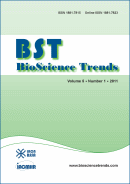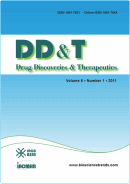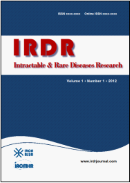Intractable Rare Dis Res. 2025;14(2):88-92. (DOI: 10.5582/irdr.2025.01030)
Artificial intelligence applications in rare and intractable diseases: Advances, challenges, and future directions
Karako K
Rare and intractable diseases affect an estimated 3.5% to 5.9% of the global population but remain largely underserved in terms of diagnosis and treatment, with effective therapies available for only about 5% of conditions. This paper presents an overview of recent advances in artificial intelligence (AI) applications targeting these challenges. In diagnostic support, AI has been utilized to analyze genomic data and facial images, enhancing the accuracy and efficiency of identifying rare genetic syndromes. In therapeutic development, AI-driven analysis of biomedical knowledge graphs has enabled the prediction of potential treatment candidates for diseases lacking existing therapies. Additionally, generative models have accelerated drug discovery by identifying novel targets and designing candidate compounds, some of which have progressed to clinical evaluation. AI has also facilitated clinical trial support by automating patient eligibility screening using electronic health records, improving recruitment efficiency for trials that often struggle with small, geographically dispersed patient populations. Despite these advancements, challenges remain in ensuring data quality, interpretability of AI outputs, and the standardization of infrastructure across institutions. Moving forward, international data-sharing platforms integrating diverse modalities — clinical, genomic and image — are expected to play a pivotal role in enabling reliable, scalable, and ethically responsible AI applications. These developments hold the potential to transform the landscape of rare disease diagnosis, treatment, and research.







